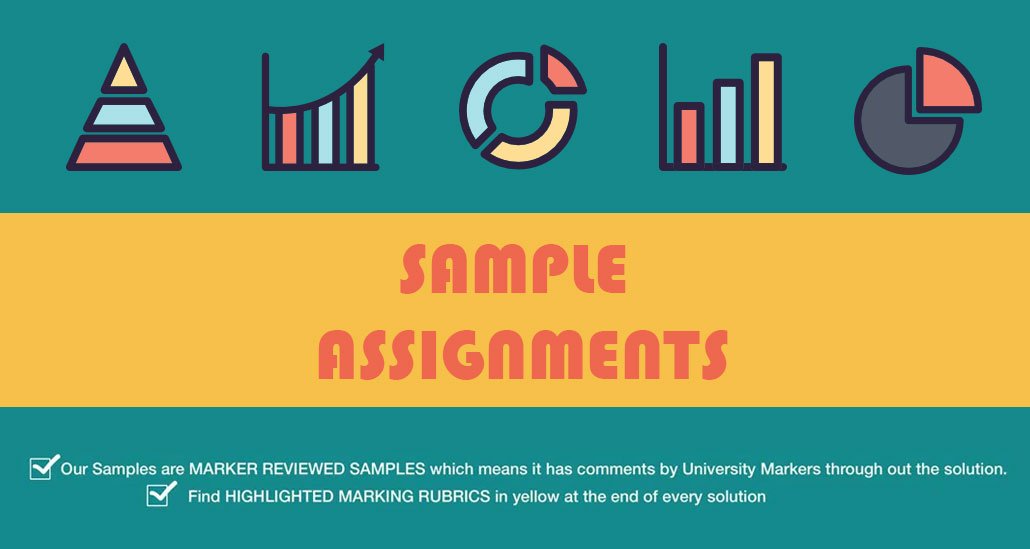You can download the solution to the following question for free. For further assistance in Education assignments please check our offerings in Education assignment solutions. Our subject-matter-experts provide online assignment help to Education students from across the world and deliver plagiarism free solution with free Turnitin report with every solution.
(ExpertAssignmentHelp do not recommend anyone to use this sample as their own work.)
Question
This assignment activity is designed to engage you with an in-depth study of contemporary learning theories. You will need to outline various views and perspectives on learning, and critically examine each one against current thinking around theories of teaching and learning. As part of this process, you will need to discuss various perspectives on learning and which ones have lost or gained support with the majority of people. Be sure to provide adequate evidence from the literature to support your suggestions and claims.
Related learning outcomes
This assignment is assessing your ability to demonstrate that you meet the criteria for the following unit learning outcomes:
- Recognise and explain why learning is a complex concept.
- Describe what is meant by learning theories and articulate their benefits and limitations.
- Describe and compare different learning perspectives and relate them to contemporary theories of learning.
- Relate and reflect upon personal beliefs about learning and teaching to contemporary theories and how this impacts on practice.
- Identify and predict factors that contribute to effective learning environments.
- Examine how research aligns with theories of teaching and learning and informs education.
Solution
1. Part A
1.1 Drawing a Venn diagram of communication theory and cognitive theory
Drawing a Venn diagram helps in identifying the similarities and differences between two or more concepts with respect to attributes. In figure 1, a Venn diagram is drawn that highlights different attributes of both communication theory of teaching and cognitive theory of teaching. It is clear using the figure 1 that both theories have different approaches to effective teaching practices as there are major differences between the attributes of each theory. While both the theories have many differences on a conceptual level, but there are some similarities between them that reflect similarities in the objective of both theories.
1.2 Differences between communication theory and cognitive theory
The differences between the communication theory and cognitive theory of teaching have been identified in figure 1. These differences present the outline of differences in concept and approach to teaching that each of these theories takes. Following are the most notable differences between the theories:
- Root principle: both of the selected theories differ significantly in terms of the root principle used to develop teaching practices. The theory of communication theory, as is given by Haim Ginott has its basis in the principles of humanistic psychology to enhance the teaching practices and ease of knowledge transfer in the teaching process (Brown, 2010). The root principle in cognitive theory of teaching and learning is very different as it is developed on the principles of development of human cognition.
- Core concept: the core concept in communication theory of teaching is that the effectiveness of teaching in a classroom relies extensively on the good behaviour and tone of speech that is used by the teacher with the learners. On the other hand, the underlying concept is the cognitive theory is to emphasize the role of cognitive skills of learners and a teacher should use teaching practices that connect more effectively with the cognitive abilities of the learners (McConney & Price, 2016). A huge focus in the cognition theory is on enhancing the teaching process by learning from past experiences of teaching, such as identifying if the learners benefit more from visual elements than auditory cues in learning experiences.
For complete solution please download from the link below
(Some parts of the solution has been blurred due to privacy protection policy)
Check all our academic help services










